
What would you to do save something your passionate about but is not necessarily essential to your own existence.Would you sacrifice your life?
9 scientists of the Leningrad seed bank did.
After the Civil War had ended, Russia experienced a terrible famine between 1921 and 1922. Devastated by drought, the country produced a wheat-harvest half of what it had been prior to the war. Lenin understood that something had to be done in order to improve Russian agriculture and to stave off another hunger crisis.
Vavilov, the then Head of the Department of Applied Botany, was elected by the new Soviet Union for a mission to travel to the United States to collect seeds of wild crops for cultivation. He intended these seeds to act as the basis for the creation of frost-hardy, drought-tolerant and disease-resistant varieties.
After returning from a successful trip to America, Vavilov continued his travels, venturing as far as the Middle East, Afghanistan, North Africa and Ethiopia, collecting valuable samples of bread-wheat and rye. By the end of 1924, his seed collection had grown to almost sixty thousand acquisitions, with a total of seven thousand coming from Afghanistan.

The seeds collected by Vavilov were then deposited in the Leningrad Seedbank. Vavilov and his team envisioned Leningrad’s future to be that of a global seed bank, in which new strains of crops would be cultivated in an effort to end hunger worldwide.

In September 1941, when German forces began their siege of Leningrad, choking food supply to the city’s two million residents, one group of people preferred to starve to death despite having plenty of ‘food.’
The Leningrad seedbank was diligently preserved through the 28-month Siege of Leningrad.

While the Soviets had ordered the evacuation of art from the Hermitage, they had not evacuated the 250,000 samples of seeds, roots, and fruits stored in what was then the world’s largest seedbank. A group of scientists at the Vavilov Institute boxed up a cross section of seeds, moved them to the basement, and took shifts protecting them. Those guarding the seedbank refused to eat its contents, even though by the end of the siege in the spring of 1944, nine of them had died of starvation.
Vavilov had travelled five continents to study the global food ecosystem. Calling it a “mission for all humanity’’, he conducted experiments in genetic breeding to increase farm productivity. Even as Russia was undergoing revolutions, anarchy and famines, he went about storing seeds at the Institute of Plant Industry.
Vavilov dreamed of a utopian future in which new agricultural practices and science could one day create super plants that would grow in any environment, thus ending world hunger.
There wasn’t much justice going around in Joseph Stalin’s time. Vavilov wanted to increase farm productivity to eliminate recurring Russian famines. Early on, he defended the Mendelian theory that genes are passed on unchanged from one generation to the next. He became the main opponent of Stalin’s favoured scientist, the Ukrainian Trofim Lysenko. Lysenko rejected Mendelian genetics and developed a pseudo-scientific movement called Lysenkoism. His quack theories about improved crop yields earned Stalin’s support, following the famine and loss of productivity resulting from forced collectivization in several regions of the Soviet Union in the early 1930s. In fact, Lysenko’s influence on Stalin ensured that scientific dissent from his theories of environmentally acquired inheritance was formally outlawed in 1948.
Lysenko rejected Mendelian genetics and developed a pseudo-scientific movement called Lysenkoism. His quack theories about improved crop yields earned Stalin’s support, following the famine and loss of productivity resulting from forced collectivization in several regions of the Soviet Union in the early 1930s. In fact, Lysenko’s influence on Stalin ensured that scientific dissent from his theories of environmentally acquired inheritance was formally outlawed in 1948.
Stalin’s collectivisation of private farms had led to reduced yields across the Soviet Union. The dictator now needed a scapegoat for his failure and the famine. He chose Vavilov. In Stalin’s warped view, Vavilov’s was responsible for the famines because his process of carefully selecting the best specimens of plants would take numerous years to bear fruit.
Vavilov was collecting seeds on Russia’s borders when he was picked up by secret service agents. Amidst the chaos of World War II, no one, including his son and his wife, knew where he was.

Before his show trial, Stalin’s police, seeking a confession, had subjected Vavilov to 1,700 hours of brutal interrogation over 400 sessions, some lasting 13 hours, carried out by an officer known for his extreme methods. Before his arrest, during the long rise in influence of Lysenko, beginning in the 1920s, Vavilov, unlike Galileo, had refused to repudiate his beliefs, saying, “We shall go into the pyre, we shall burn, but we shall not retreat from our convictions”.
After over a year-and-a-half of eating frozen cabbage and mouldy flour, he died of starvation on January 26 1943.
I am passionate about my site and I know you all like reading my blogs. I have been doing this at no cost and will continue to do so. All I ask is for a voluntary donation of $2, however if you are not in a position to do so I can fully understand, maybe next time then. Thank you.
To donate click on the credit/debit card icon of the card you will use. If you want to donate more then $2 just add a higher number in the box left from the PayPal link. Many thanks.
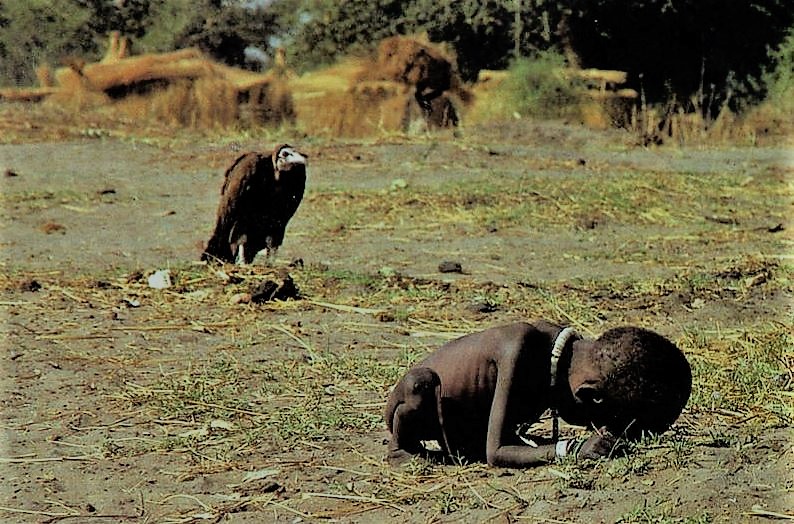
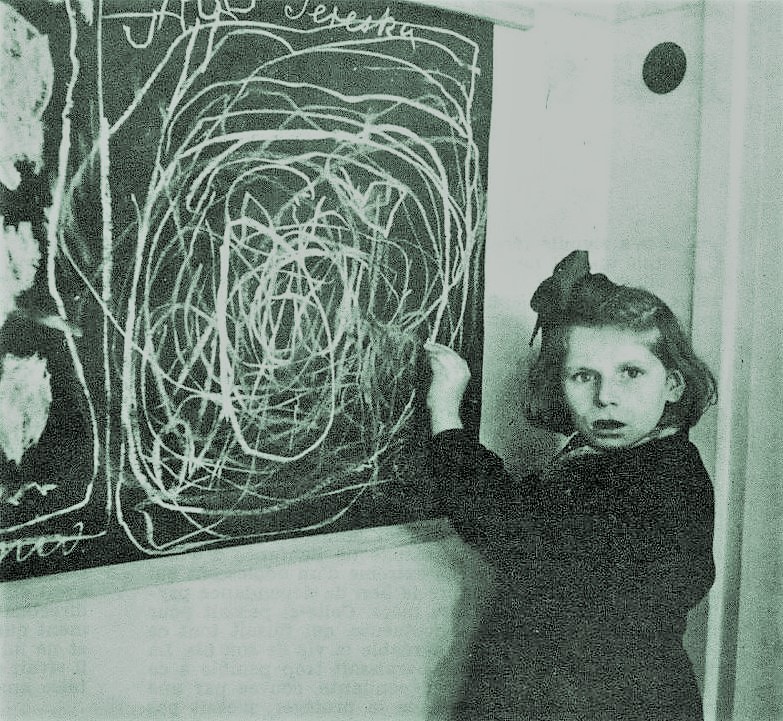
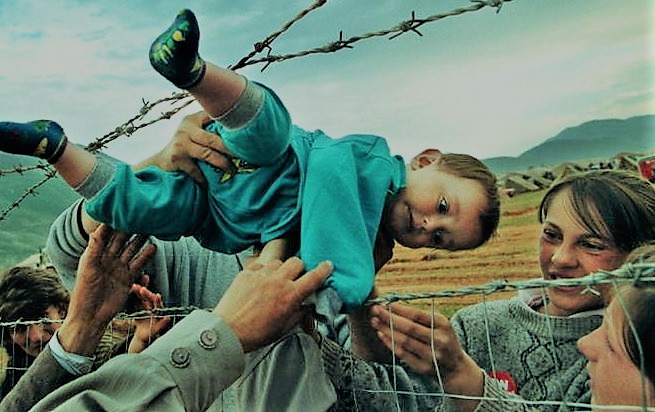
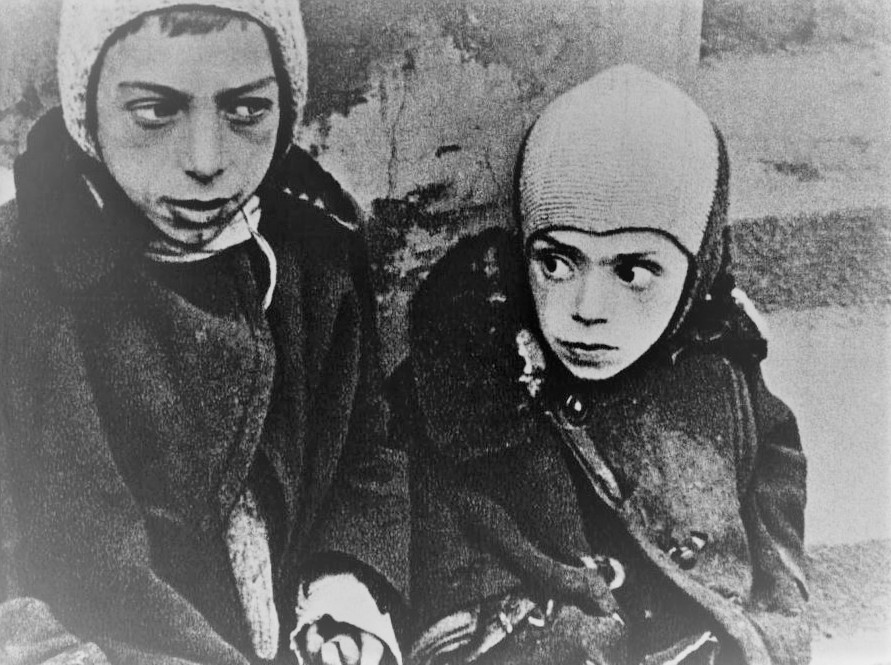
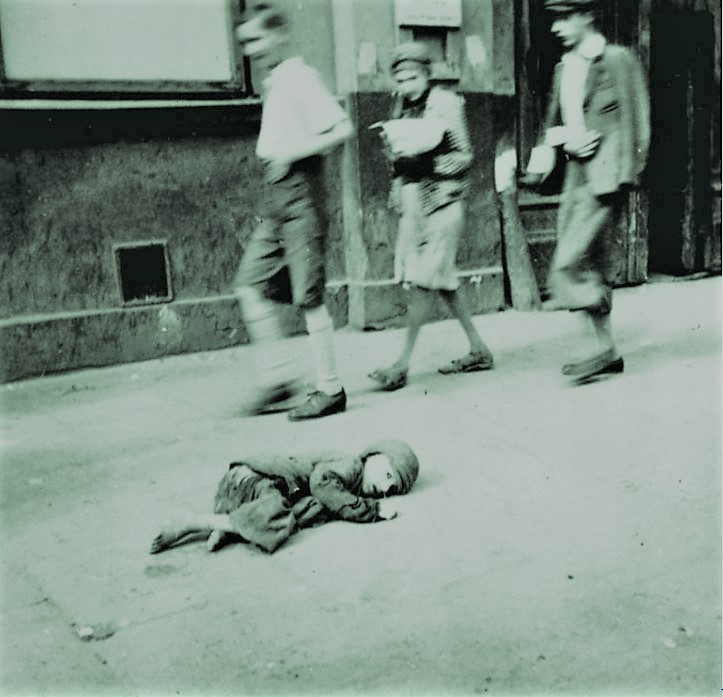








 Lysenko rejected Mendelian genetics and developed a pseudo-scientific movement called Lysenkoism. His quack theories about improved crop yields earned Stalin’s support, following the famine and loss of productivity resulting from forced collectivization in several regions of the Soviet Union in the early 1930s. In fact, Lysenko’s influence on Stalin ensured that scientific dissent from his theories of environmentally acquired inheritance was formally outlawed in 1948.
Lysenko rejected Mendelian genetics and developed a pseudo-scientific movement called Lysenkoism. His quack theories about improved crop yields earned Stalin’s support, following the famine and loss of productivity resulting from forced collectivization in several regions of the Soviet Union in the early 1930s. In fact, Lysenko’s influence on Stalin ensured that scientific dissent from his theories of environmentally acquired inheritance was formally outlawed in 1948.

You must be logged in to post a comment.